On a warm Sunday afternoon, I wasn’t the only one drawn outside looking for something to do: I was joined by the people milling around Det Grønne Loppemarked, one of the many flea markets in Copenhagen, Denmark.
Located in the trendy neighborhood of Nørrebro, Det Grønne Loppemarked, or The Green Flea Market, is a sprawling space where visitors can browse through second-hand clothes, explore odd trinkets and antiques, and even try fresh, plant-based food from a variety of stalls.
Why It’s Newsworthy: The mission of Det Grønne Loppemarked is to promote two of Denmark’s most important principles: sustainability and a sense of community.
Like most flea markets, Det Grønne Loppemarked is a seasonal one, setting up for eight Sundays in 2023 from 10 a.m. to 4 p.m.
Started by Simone Staack Hedelund and her partner in 2020, the idea for this market was born from their own childhood experience of having local gathering spaces like this to catch up with friends and go on the hunt for something unique.
“We felt it was missing in a way,” said Hedelund. “Not just the flea market, but a place where we can come and people can hang out in whatever form.”
It appears that the partners achieved their goal: walking through the market, you can see everything from giggling teenagers bouncing between stalls to families relaxing on the lawns surrounding the area, watching their children playing close by.
With the addition of a basketball court and a chess board table in the heart of the market, as well as stalls selling products from a variety of cultures, the flea market is a testament to Denmark’s strong community spirit, bringing together people from different age groups and even countries around the world.
Monique Warmbier, a customer visiting from Berlin, said that she could see more younger populations attracted to this flea market, and even that she herself “liked the vibe.”
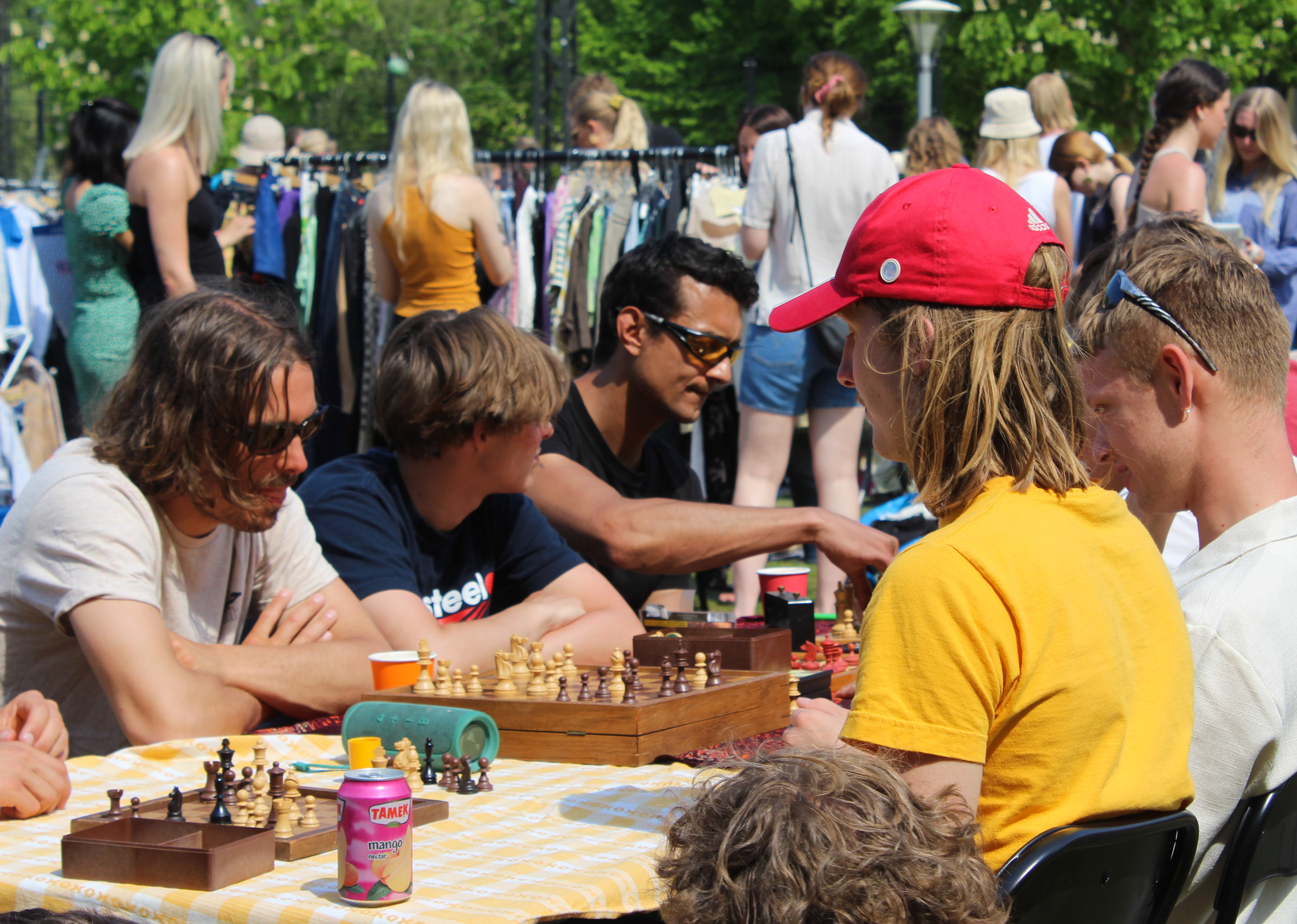
However, the purpose of this flea market is two-fold: it is, after all, called The Green Flea Market.
With stalls selling second-hand wares that have been either preserved or upcycled, markets like these tie into Denmark’s larger journey towards a circular economy, where thousands of items produced for mass consumption are given another life before being discarded.
“We honestly don’t think there’s any need for it, using new stuff,” said Hedelund. “I mean, there’s plenty, as you can see around you.”
Det Grønne Loppemarked in particular goes a step further in its sustainable efforts by also selling organic produce and plant-based food and beverages, including homegrown vegetables, vegan dishes and naturally brewed chai, all in compostable packaging.
However, flea markets may not always be the perfect sustainable solution. According to Iden Tollan, a frequenter of many flea markets as both a buyer and a vendor, prices have been rising for booking a stall and subsequently for the products sold, which could make these markets less accessible and reduce their public appeal.
“I would love for there to be, I don’t know, even better solutions, like cheaper items, or trades, or giveaways, stuff like that,” said Tollan, explaining how she thinks this problem could be mitigated.
Before coming to Denmark, I was well aware of the country’s emphasis on sustainability, reading countless articles on their large-scale initiatives to promote green living.
Strolling through this little flea market nestled in the heart of Copenhagen, however, may have been the first time I truly saw this sustainable mindset in action, right within Denmark’s local community.
Navya Shukla is a junior majoring in journalism and psychology at the University of Georgia.


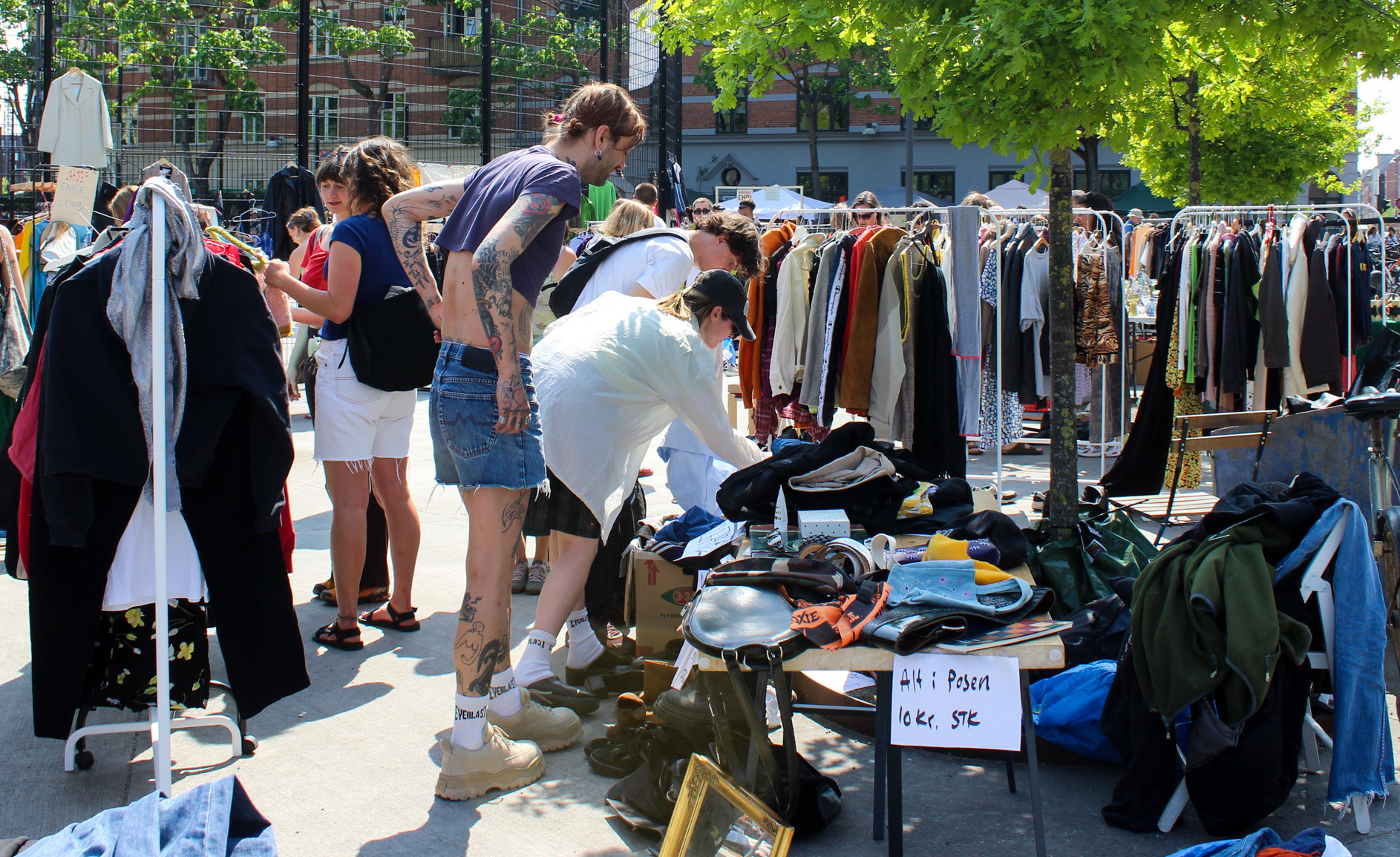
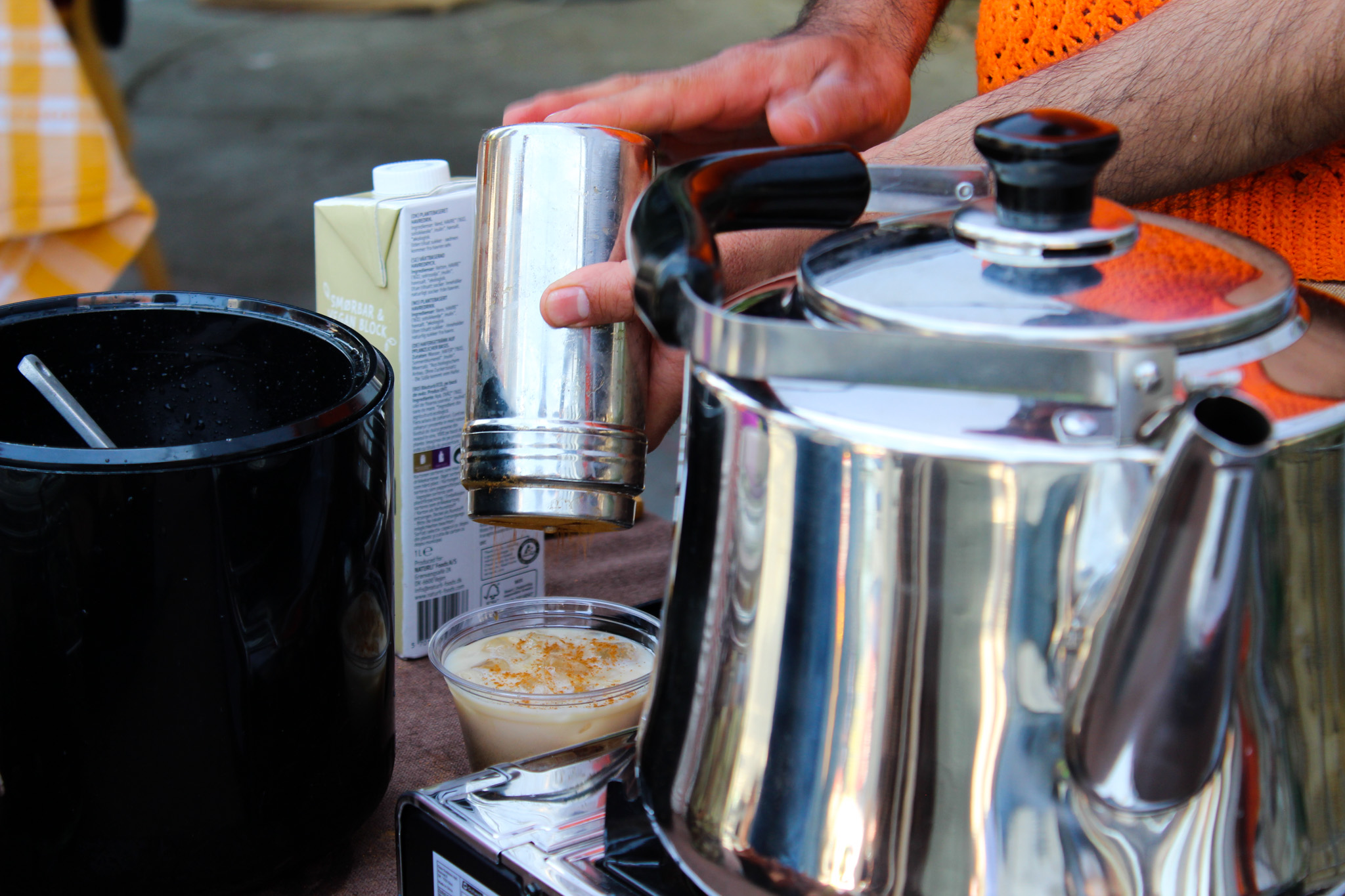
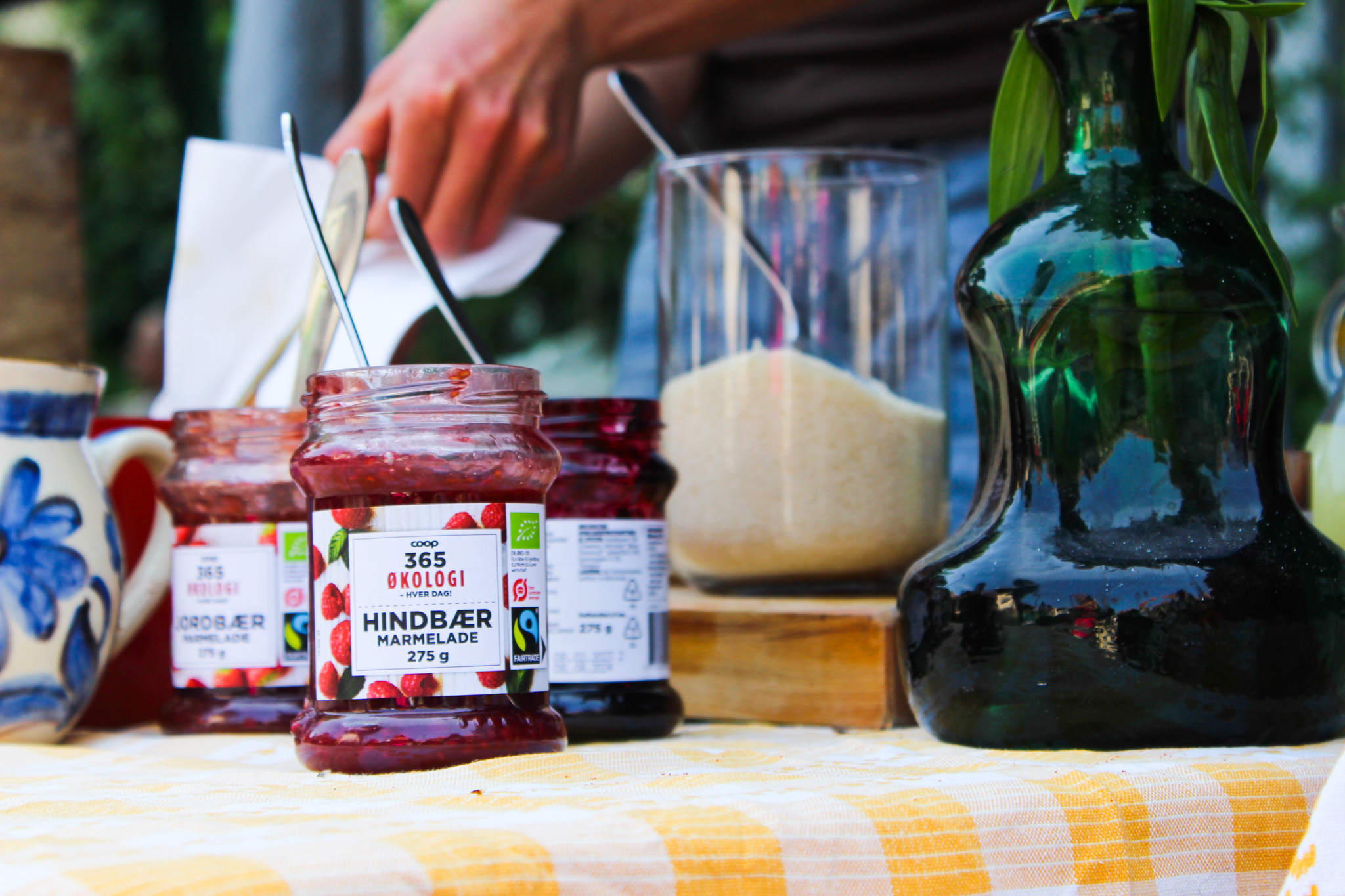
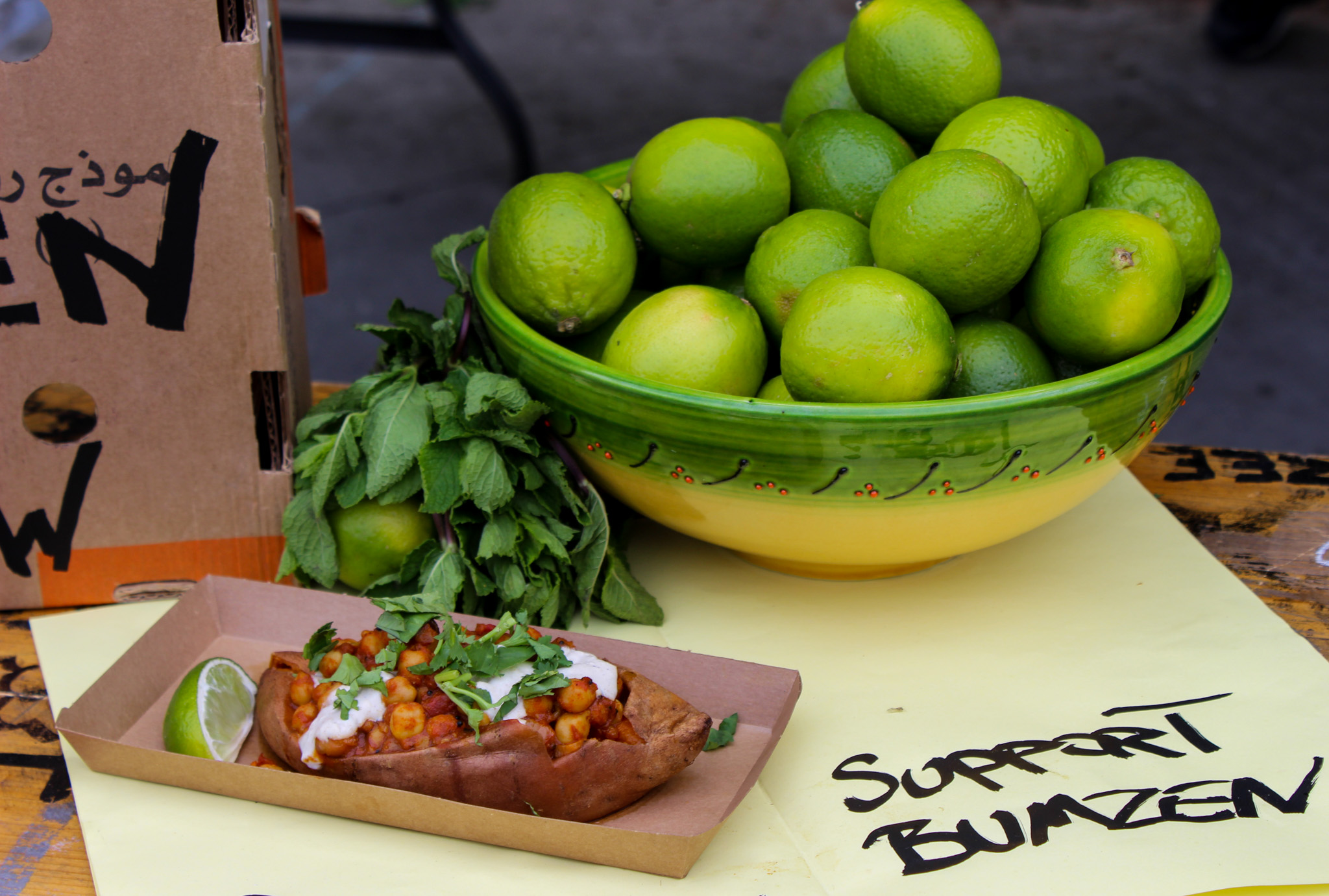

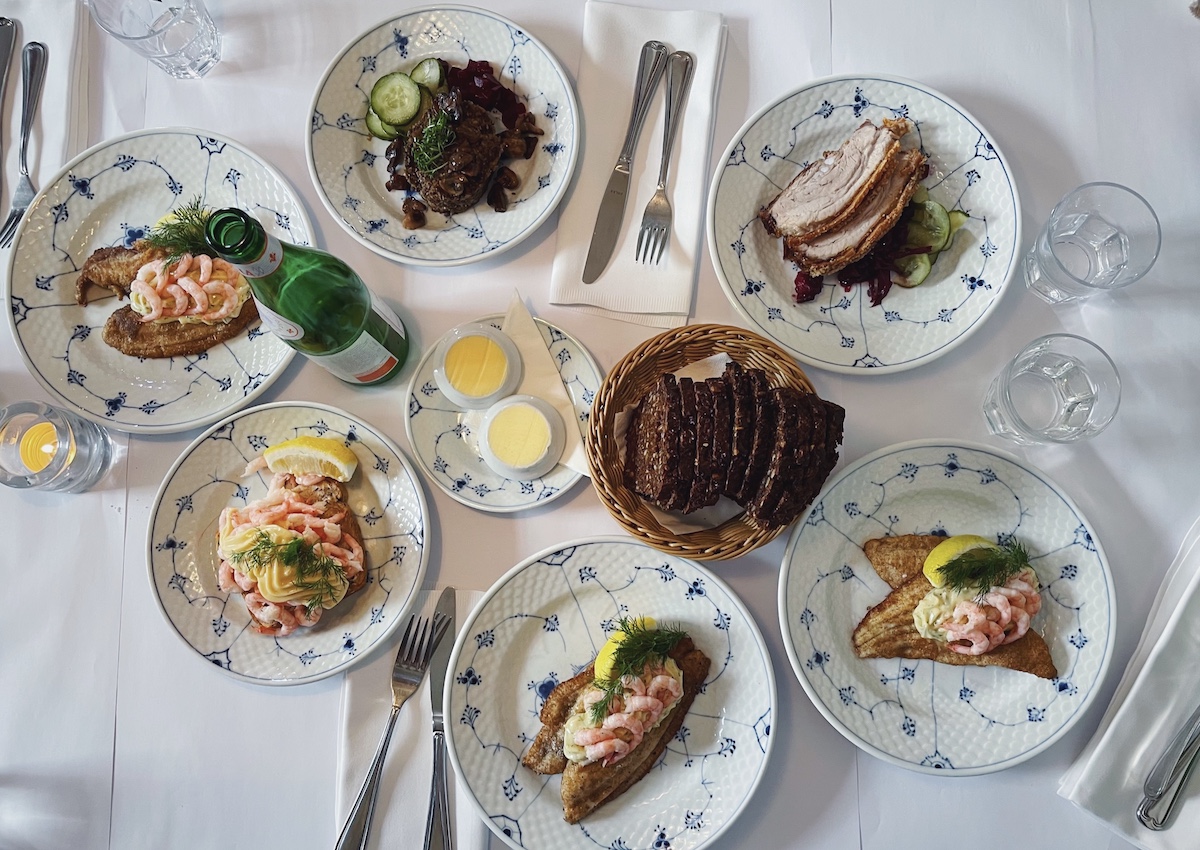

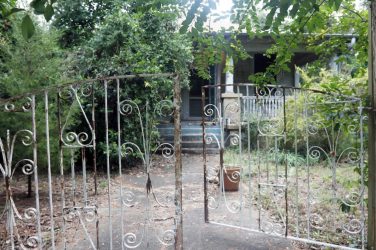


Show Comments (1)